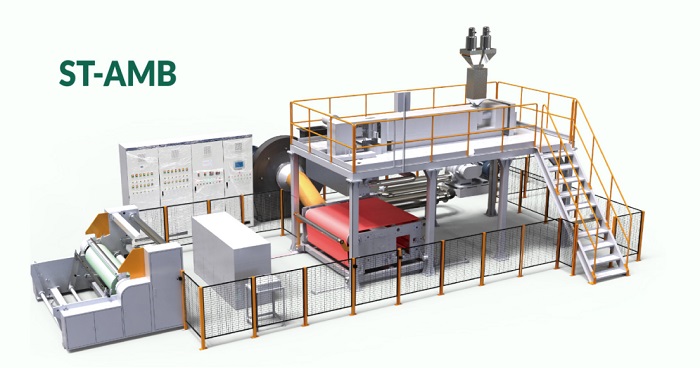Recently, the number of newly diagnosed cases in China has stabilized at around 20 (all Hong Kong cases and imported cases), and the number of newly confirmed cases in overseas has basically stabilized at around 400,000 on the basis of the continuous decline in the previous period. Among them, the epidemic situation in countries with high vaccination rates such as the United States and the United Kingdom has improved significantly, but the epidemic situation in a few developed countries such as Italy and France, and some developing countries such as Brazil and India have shown signs of rebound.
At present, the covid-19 vaccination is still accelerating. At present, more than 300 million doses have been vaccinated globally, with an average daily dose of about 6 million. Among them, the number of newly confirmed daily cases in countries with high vaccination rates such as Israel, the United Kingdom, and the United States has shown a significant improvement, but the current vaccination progress in most countries is still slow.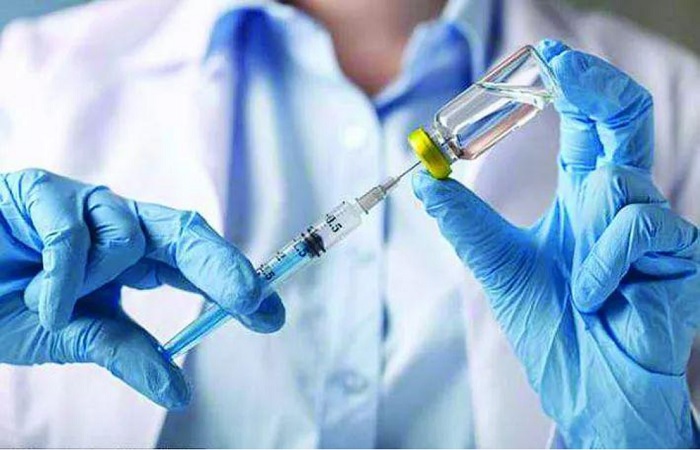
It will take a long time to observe when the global epidemic will be truly controlled. On the one hand, the production capacity and supply chain of the new crown vaccine still need to be continuously improved in various countries, especially developing countries. On the other hand, the variation of covid-19 is relatively high. There is a big uncertainty, but in the long run, it is a certain event that mankind will eventually overcome the epidemic.
Up to now, the number of newly confirmed cases overseas is about 400,000, which is a very significant decline from the peak of 600,000-800,000 at the beginning of the year. However, the downward trend in January and February has not continued recently, and it has gradually entered a new stable state.
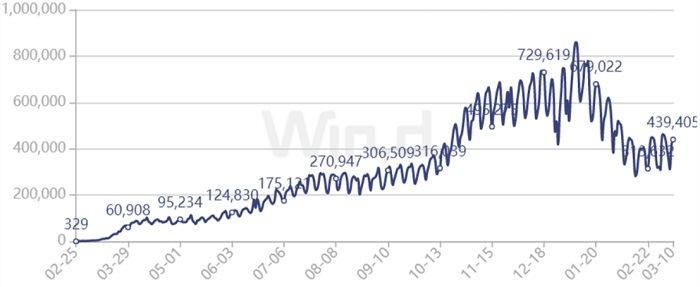
(New trend chart of foreign epidemic situation)
The number of newly diagnosed cases worldwide is still high, and many countries have shown signs of rebound in recent days, and the mutation of covid-19 continues to occur. The epidemic situation at home and abroad is still facing severe pressure.
At present, the mortality rate of overseas covid-19 patients is basically maintained at 2%, and the cure rate is gradually approaching 80%, which is basically gradually approaching the situation in China, which is the "Global Anti-epidemic Excellent Student". The death rate of 2% and the cure rate of 80% basically indicate that the current overseas epidemic as a whole has not caused a serious run on medical resources. The medical systems of various countries have basically been able to accumulate experience and resource reserves in the anti-epidemic in the past year. Handle confirmed cases of covid-19 and those suspected of being infected.
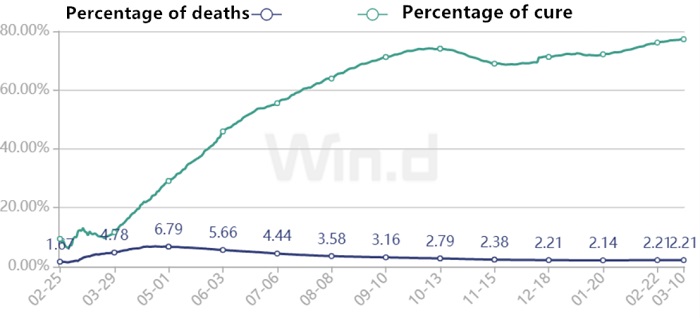
(Death/cured cases abroad accounted for the percentage of cumulative confirmed cases)
At present, the global cumulative dose of covid-19 vaccine has exceeded 300 million doses, and the dose per million people has also exceeded 4 doses. From the perspective of daily vaccination, the current global average daily vaccination of the new crown vaccine is 6 million doses, and the overall situation is still fluctuating upward. It is expected that with the gradual increase in approved vaccine types and the gradual expansion of vaccine production capacity, the global daily vaccination of covid-19 vaccine The amount will continue to increase.
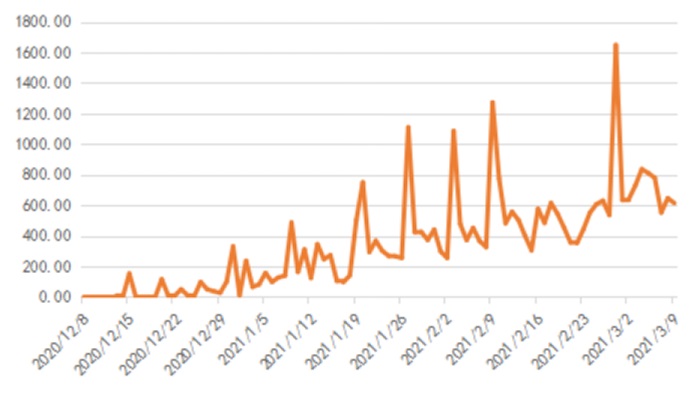
At present, the global pandemic is gradually under control, but the situation is still not optimistic due to the large number of patients with covid-19 in some areas, and the vaccine has not been fully popularized. Due to the problem of virus mutation, the effectiveness of the vaccine needs to be further investigated, and it will be a long time in the future. During this time, you still need to wear a mask.
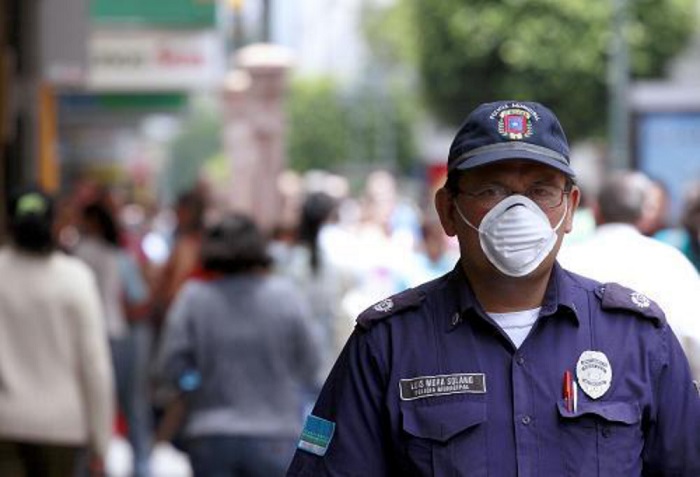
Melt blown cloth is the key to mask production
In the early stages of the epidemic, the world fell into a situation where it was “hard to find”. The mask is divided into three layers: an internal water absorption layer, an intermediate filter layer, and an external waterproof layer. The inner layer is a skin-friendly moisture-absorbing layer (spunbonded non-woven fabric material, the main function is to absorb moisture), and the middle layer is an isolation filter layer (the electret-treated meltblown cloth material is mainly used to block bacteria, viruses and fine particles), The outer layer is a spunbond water-repellent layer (spunbond non-woven fabric material, which plays a role in blocking droplets). Through the different materials and properties of the three layers of materials, we can clearly understand that the middle isolation filter layer is the decisive role in blocking bacteria, viruses and small particles, and the material of the isolation filter layer is melt blown cloth.(try Suntech Meltblown machine)
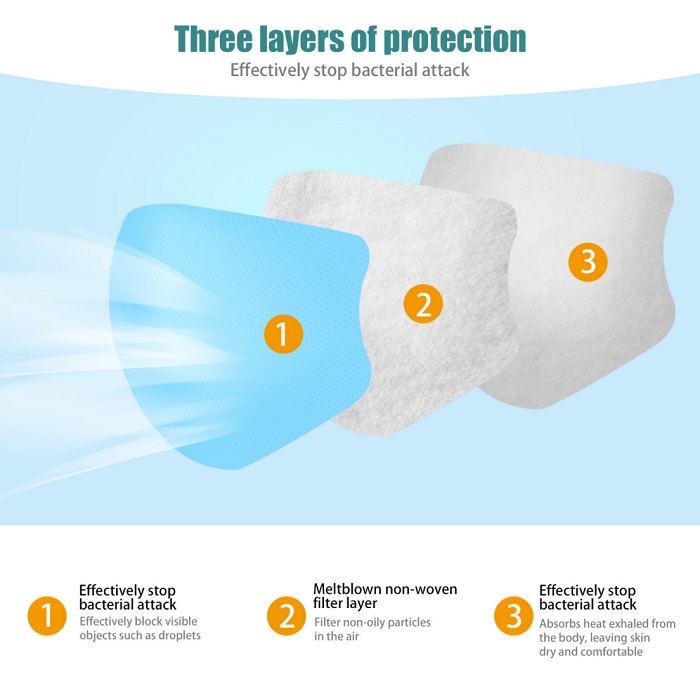
Meltblown cloth, commonly known as the "heart" of masks, is a film made of polypropylene with a high melt index and stacked in random directions with many crisscross fibers. The fiber diameter ranges from 0.5 to 10 microns. About one-thirtieth of the hair. Although the size of the new coronavirus is very small, about 0.1 microns, it seems to be smaller than the fiber diameter of the meltblown cloth, but don’t forget that the virus cannot exist independently. Its transmission routes are mainly secretions and droplets during sneezing. The size of the foam is about 5 microns. The melt blown cloth is essentially a fiber filter. When the virus-containing droplets are close to the melt blown cloth, they will also be electrostatically adsorbed on the surface and cannot pass through, thus playing a role in isolating the virus.

At the beginning of the pandemic, the main reason for the low output of masks was the difficulty in producing meltblown cloths. The number of meltblown cloths was limited, and there were fewer meltblown cloths that met medical standards. The original price of about 20,000 yuan/ton has skyrocketed all the way, even as high as 300,000 yuan/ton, an increase of 15 times, and it has to be snapped up by multiple sources. This has also become a key factor in the increase in the price of finished masks and the limited production capacity.
Why is it difficult to produce meltblown cloth?
The bottleneck in the production of meltblown cloth is not only because the meltblown technology is more complicated, but also because of the shortage of meltblown equipment. Due to the long delivery cycle of production equipment and high technical requirements for personnel operation, it is difficult to quickly increase the production capacity of melt blown cloth in a short time. Although China, which was the first to emerge from the epidemic, spent a lot of manpower and material resources in the production of masks, there are not many large manufacturers that can produce meltblown cloth, and the industry as a whole is small and fragmented. The industry has lacked attention before and has been showing a tepid state. The principle of meltblown cloth production is clear, but the actual production process is more complicated, involving many disciplines such as polymer science, fluid mechanics, airflow, spinning science, and the requirements for equipment manufacturing are relatively high. The price of production equipment for meltblown cloth can easily exceed one million yuan, and special training of staff is required, and the industry threshold is high. The supply cycle of foreign manufacturers is as long as eight months, and domestic manufacturers are more than half a year, and key parts and components rely on imports. Many factors such as long cycle, high cost, high industry threshold, and high profit risk have become the main constraints to the expansion of the melt blown cloth market. the reason.
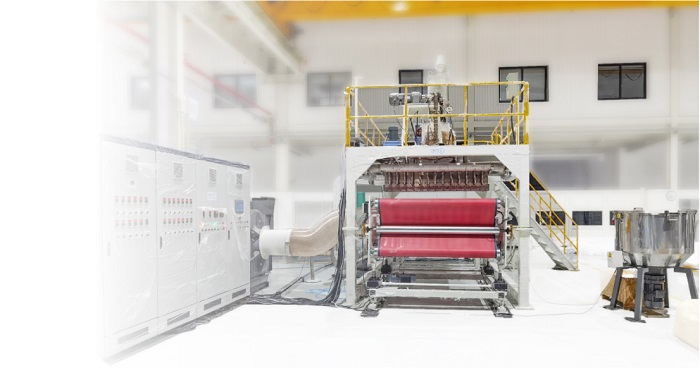
(Suntech ST-AMB Meltblown machine)
As a veteran machinery company, Suntech has 50 years of experience in technology precipitation and equipment design, and has been deeply involved in the field of hygiene and health for 50 years. During the epidemic, Suntech took the initiative to assume the responsibility of human health protection and devoted itself to the production of mask machines, meltblown machines, and mask materials. One of the few manufacturers of melt blown machines.
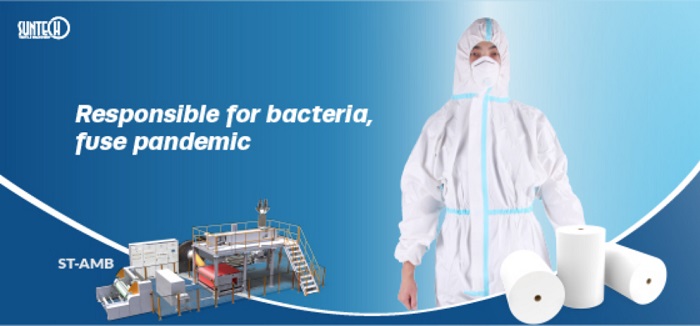
Melt blown cloth production process
The process of melt blown cloth from raw material to finished product:
Polypropylene → modified equipment → modified polypropylene → melt blown equipment → melt blown cloth → electret treatment → cut into rolls
For meltblown cloth to meet the standards (blocking rate 90+, 95+, 99+), each link must meet the requirements. Any problem in any link will seriously affect the final product. How to judge whether the quality of melt blown cloth meets the standard? SUNTECH experience sharing: The quality of melt blown cloth can be judged from the following three aspects.
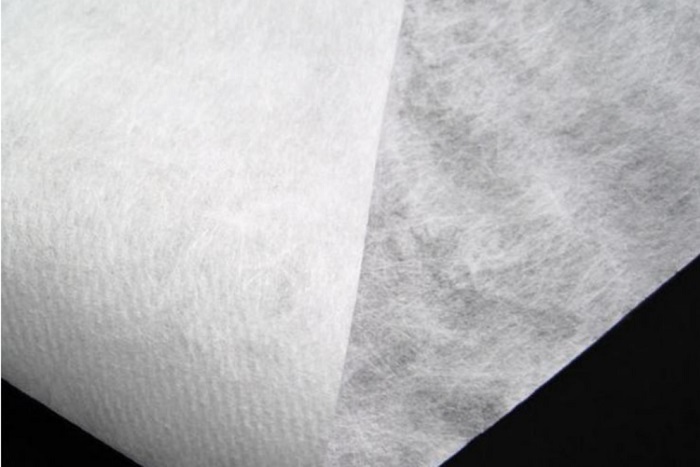
Three factors affecting the grade of melt blown cloth
1. Polypropylene raw materials
Melt blown material is not general polypropylene, but modified polypropylene with specific technical indicators. Whether the modified technical indicators can meet the standard will seriously affect the quality of the melt blown cloth.
(1) Degree of finger dissolution
Polypropylene homopolymer, used for spinning, can produce nano-sized fibers only when the melting finger reaches 1500g/10min, which can effectively block viruses.
(2) The melting point of the particles should be reduced to between 150-170°C.
(3) After adding the electret masterbatch, the meltblown cloth will have electrostatic adsorption performance after passing through the electret device.
(4) After the polypropylene particles are modified, the fibers sprayed out by the melt-blown cloth machine at high temperature and high pressure are thin and long.
(5) The fluid fiber sprayed from the melt nozzle of the raw material is flexible, tough and firm.
(6) High temperature sterilization and disinfection.
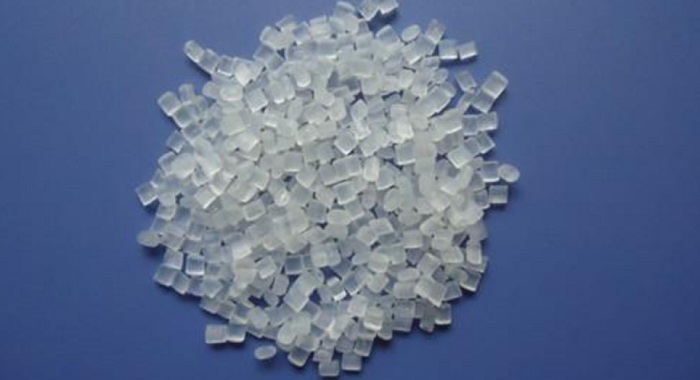
2.Meltblown process and equipment
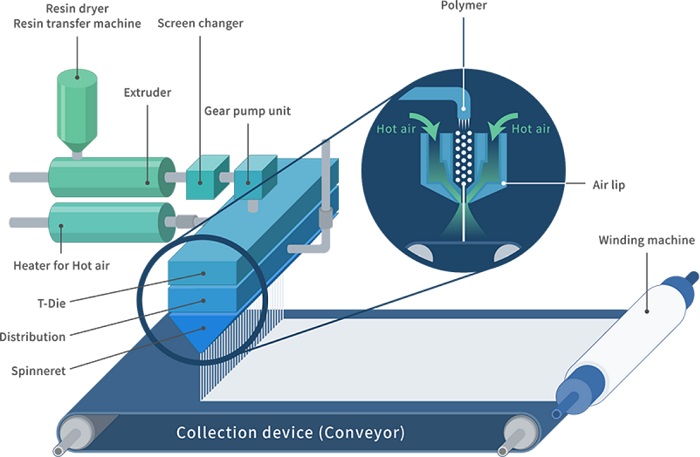
According to the schematic diagram, the raw materials pass through: extruder→screen changer (filter)→metering pump→die head→distribution plate (auxiliary hot air)→spinneret→netting device to form melt blown cloth.
Melt-blown cloth is mainly made of polypropylene, which directly forms a net through melt-blown technology, which can be understood as a high-tech version of cotton candy. The molten polymer is forcibly extruded through a small and narrow nozzle. The molten high-temperature polypropylene (230℃-390℃) is impacted by high-speed airflow (480-800km/h) on both sides of the nozzle, and is stretched or compressed into multiple The order of magnitude of the molten polymer is then wound on a conveyor to form a discontinuous ultra-fine fiber web arranged randomly, and finally compressed and molded between heating rollers.
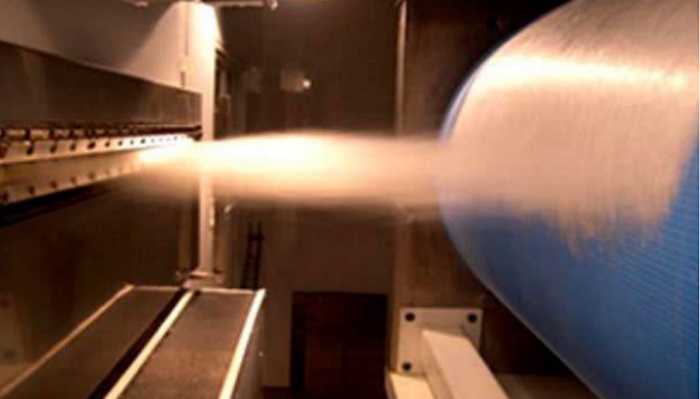
The speed of the extruder, the parameters of the metering pump, the advantages and disadvantages of the die, the temperature and speed parameters of the hot air flow, the angle of the die, the angle of the air knife, the receiving distance of the meltblown material, the adsorption parameters under the netting device, etc. quality. The main reasons that cause the melt blown machine to fail to produce qualified melt blown cloth are as follows:
(1) Poor site environment, temperature and humidity, interference airflow, etc.
(2) Equipment debugging is not in place
(3) Ignore the electret treatment process
(4) Unqualified raw materials
SUNTECH intelligent melt blown machine adopts high-quality components and fine assembly. The spinneret is made of Japanese leading technology, using German Demag CNC machining center and Italian Fidia gantry five-axis high-speed milling, and fluid polishing. The pore diameter of the spinneret can reach 0.25mm, and the air-drawing is 1-4μm. The spinneret is thin and uniform, which is sufficient to ensure the filtration and air permeability of the material. Maximize the efficiency of melt blown and improve the quality of melt blown cloth.
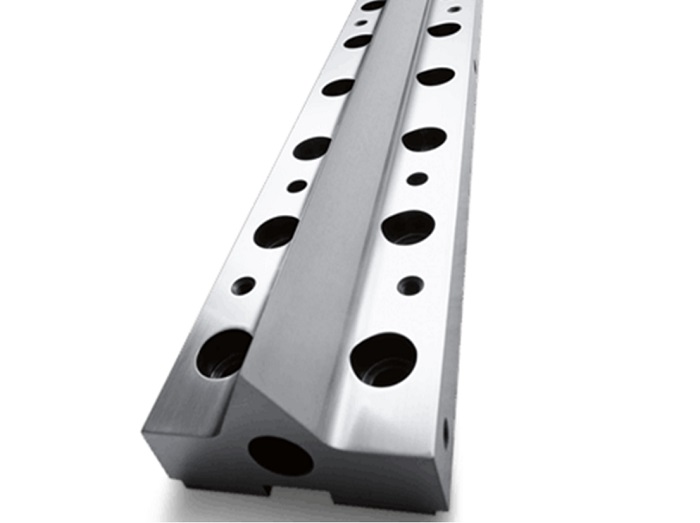
3. Electret processing
(1) Principles and influencing factors of electret treatment:
Most mainstream applications use the corona charging method to electret process the meltblown cloth. The charging voltage, charging time, charging distance and environmental humidity all have an impact on the electret treatment effect. Among them, the charging voltage has the most obvious influence on the electret effect, the charging distance has a medium influence, and the charging time has the least influence. Attention should be paid when debugging the machine.
Environmental humidity has an impact on the generation and loss of static electricity. Meltblown cloth manufacturers should always monitor the temperature and humidity in the workshop. Increase the corresponding equipment to keep the temperature and humidity of the workshop within a certain range.
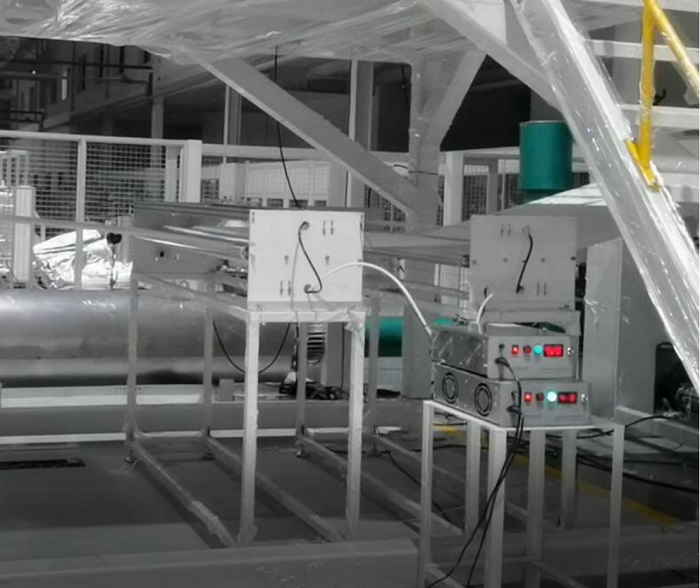
(2) The influence of meltblown raw materials on electret treatment:
Melt blown cloth must have the characteristics of receiving and storing electric charge. If not, electret treatment is useless at all.
The commissioning of machinery and equipment is very important, and the commissioning of the machine must be based on the appropriate raw materials. Melt blown cloth factories need to be cautious about purchasing raw materials and do not blindly change machine parameters.
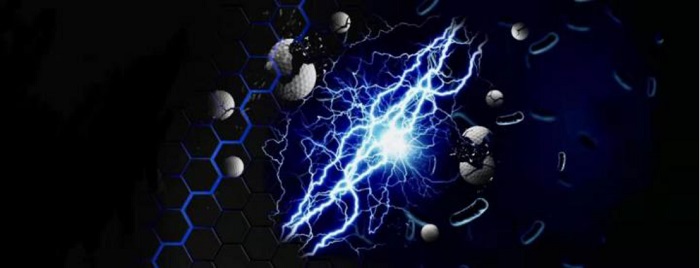
With 50 years of technical precipitation and design experience, Suntech has developed and produced intelligent melt blown machines that fully consider various problems in the production process of melt blown cloth to achieve efficient production and ensure the quality of melt blown cloth. Please inquire for details.
